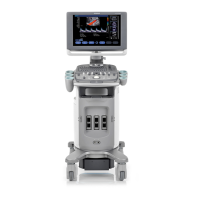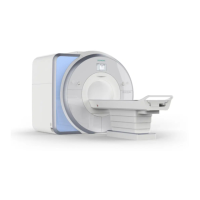1-54 Rapidlab 1200 Operator’s Guide: System Overview and Intended Use
02087462 Rev. V
The sections that follow briefly describe the clinical significance of each of these
parameters.
Bicarbonate Ion
The majority of CO
2
is transported through the body as the bicarbonate ion (HCO
3
–
),
which is the major buffer substance present in the body. Bicarbonate plays a central role in
maintaining the pH level in blood.
Bicarbonate levels are clinically significant in helping to determine the nonrespiratory,
renal (metabolic) component in acid-base blood disorders.
Two versions of bicarbonate exist:
• Actual bicarbonate (HCO
3
–
act), which is determined directly from the pH and pCO
2
values, based on the recommendations from the Clinical and Laboratory Standards
Institute (CLSI) as follows:
HCO
3
–
act = 0.0307 × pCO
2
× 10
(pH(37)–6.105)
• Standard bicarbonate (HCO
3
–
std), which is a determination of the plasma HCO
3
–
concentration if the blood is equilibrated to a pCO
2
of 40 mmHg
9
using the equation
described by VanSlyke and Cullin
30
:
where
and if sO
2
is available, it is used in place of O
2
SAT(est).
NOTE: If ctHb is not available as an entered value or a measured value, the system uses
15 g/dL as a default value.
Base Excess
Base excess is an empirical expression that approximates the amount of acid or base
required to titrate 1 liter of blood to a normal pH of 7.40. Base excess is a clinically useful
way of assessing the metabolic portion of the acid-base balance.
9
BO
2
oxygen binding capacity
p50 oxygen tension at 50% saturation
* Indicates parameters available only on Rapidlab 1260 and Rapidlab 1265 systems.
† Indicates parameters available only on Rapidlab 1245 and Rapidlab 1265 systems.
Parameters Results Description
)
)
1000
31.065.29.2
9.05.24
2
3
tHBA
AstdHCO
×+−
+×+=
−
)
)
100
×

